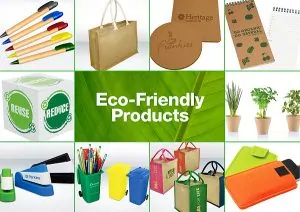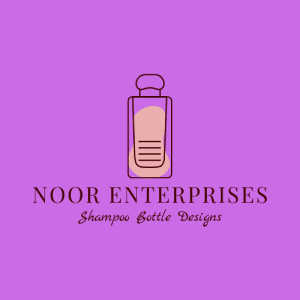+92 336 0875171

In today’s eco-conscious world, consumers are becoming more aware of their environmental footprint. As a result, businesses across industries are adapting to sustainable practices—and the haircare industry is no exception. Among the key areas driving this transformation is sustainable packaging for shampoo bottles.
Traditional plastic shampoo bottles contribute significantly to global plastic waste. According to the Ellen MacArthur Foundation, only 14% of plastic packaging is collected for recycling, and a staggering 32% ends up polluting the environment. With millions of shampoo bottles sold annually, this adds up fast.
Sustainable packaging helps reduce this burden by using eco-friendly materials that are:

Sustainable materials like bamboo, bioplastics, and recycled PET drastically reduce plastic waste. Choosing these alternatives lowers your brand’s carbon footprint and helps protect marine life and ecosystems.
A Nielsen study found that 73% of global consumers would change their consumption habits to reduce environmental impact. Brands that prioritize sustainability win customer trust and loyalty.
Eco-friendly packaging doesn’t just feel good—it looks good too. Sleek, minimalist designs made from natural or recycled materials create a strong visual appeal and communicate your brand’s values instantly.
While sustainable materials may cost slightly more upfront, refillable or reusable systems help cut costs in the long run. Refill models also encourage repeat purchases.

Noor Enterprises is leading the way in Pakistan by offering innovative, eco-conscious plastic packaging solutions. Their commitment to sustainable materials is helping businesses transition away from harmful plastics without compromising on quality or aesthetics.
When selecting packaging for your haircare products, consider the following:

Sustainability isn’t just a trend—it’s the future of packaging. By investing in eco-friendly shampoo bottles, you’re not just protecting the planet—you’re building a future-forward brand that resonates with today’s conscious consumers.

Check out our blog on Shampoo Bottle Designs That Boost Your Brand’s Appeal and explore Why Sustainable Shampoo Bottles Are the Future of Haircare Packaging for deeper insights.
Let your packaging do more than just hold your product—let it tell your story.